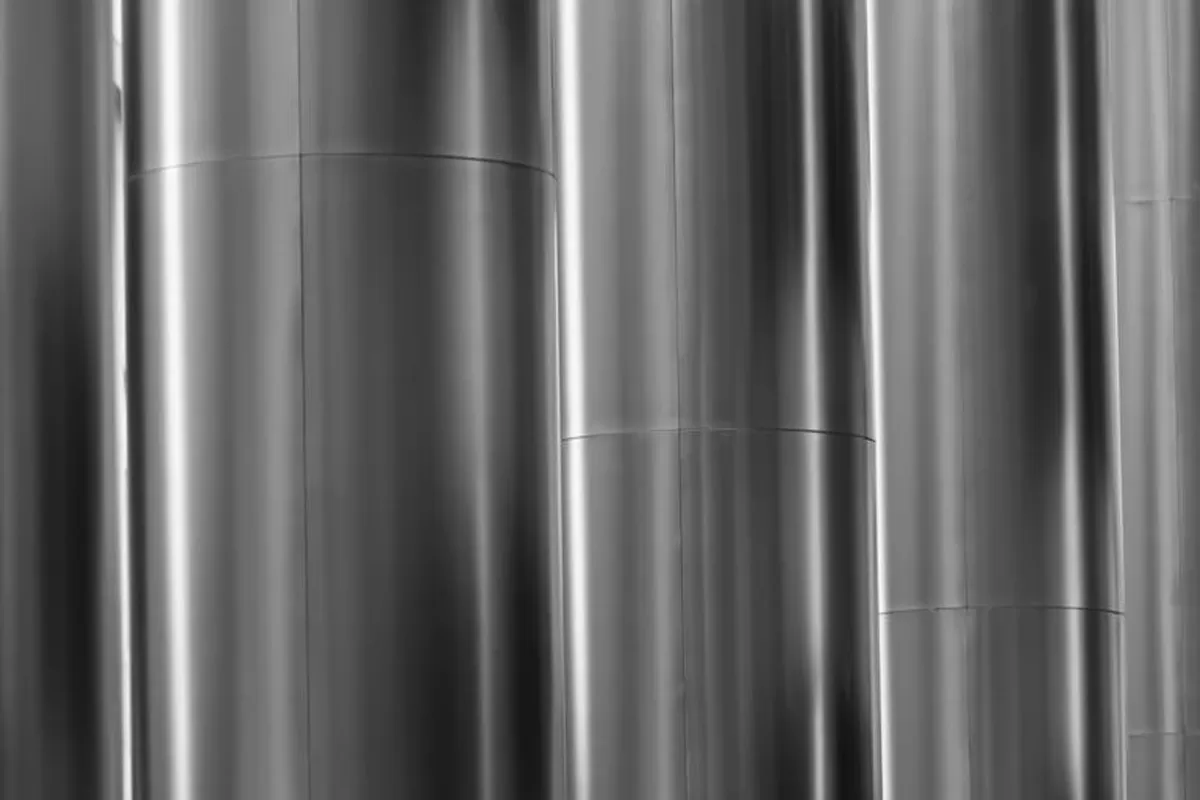The Indian Stainless Steel Development Association (ISSDA) today announced the figures for FY25 stainless steel consumption in India. The Association pegged stainless steel consumption at 4.85 million tonne (Prov.) in FY25, a growth of about 8 per cent over FY24. Announced on the sidelines of the Global Stainless Steel Expo held here today, ISSDA expressed confidence in the growth prospects of the Indian market. Despite macroeconomic and political challenges, the stainless steel market in India continues to remain robust and among the fastest-growing markets globally.
Commenting on the outlook, President, ISSDA Rajamani Krishnamurti, said, “As the world paces towards sustainability and resilient infrastructure, stainless steel’s relevance is only growing. However, the influx of unfairly priced imports continues to challenge domestic manufacturers. ISSDA has consistently cautioned against these risks, emphasising that unchecked trade diversions—particularly from nations like China and Vietnam—could undermine domestic manufacturing and employment in the sector. To safeguard the interests of the Indian stainless steel industry, both the government and industry stakeholders must remain vigilant, closely monitor import trends, and proactively implement necessary safeguard measures. ISSDA remains committed to collaborating with the government and industry partners to address these challenges and drive the long-term growth of India's stainless steel industry. At GSSE, we are reaffirming our call for a level-playing field, urging policymakers to proactively safeguard the sector, while promoting innovation and global competitiveness.”
India’s installed stainless steel capacity stands at 7.5 MT, with a current utilisation of around 60%, indicating significant potential for ramp-up, provided the right policy environment and demand momentum are sustained.
Chairman, Jindal Stainless, Ratan Jindal, added, “If India truly aspires to be a global manufacturing powerhouse, stainless steel must be one of its strongest foundations. With consumption projected to cross 20 million tonne by 2047 and likely more, we must continue to develop the stainless steel ecosystem through a three-pronged strategy. First, we must continue to scale our capacity to meet the growing demand. Second, we must strengthen our capability by investing in research, integrating digitalisation in every link of the value chain, increasing industry-academia partnerships, and promoting sustainable manufacturing practices. Third, we must work with the government to maintain a level playing field, particularly for MSMEs, by introducing trade remedial measures that prevent the influx of subsidised imports from China, circumvented through other ASEAN countries like Vietnam. I appreciate the government for their continuous support in bringing this strategy to life, including their push for Make in India, quality standards, and infrastructure investments that have been instrumental in shaping the stainless steel ecosystem. To secure the success of our strategy and the future of our industry, there is an immediate need for a dedicated National Stainless Steel Policy that will deliver raw material security, drive long-term growth, and make resources accessible to every member of the ecosystem, especially MSMEs. With these strategic yet impactful steps, India will soon be on its way to lead the world in sustainable, high-quality stainless steel manufacturing.”
This growth has been a result of continuous advancements made in stainless steel manufacturing in India, both in terms of capacity and capability, underscoring the metal’s critical role in nation-building and helping India achieve its 2047 Atmanirbhar and Viksit Bharat goals. In FY25, the Indian stainless steel industry experienced a notable increase in domestic demand, supported by government initiatives like Make in India and expanding end-use applications. The government’s emphasis on promoting stainless steel along the country’s 11,000 km coastline is enhancing market awareness and promoting the substitution of conventional materials in coastal and maritime infrastructure. The logistics sector is also driving growth, with increased adoption of stainless steel in electric vehicles, trailers, and containers. Furthermore, evolving sectors such as process industries, hydrogen, and nuclear energy have demonstrated substantial growth potential, presenting new avenues for stainless steel applications.
With India targeting to become a $40 trillion economy by 2047, ISSDA projects stainless steel consumption to rise to 12.5–12.7 MT by FY2040 and 19–20 MT by FY2047, aided by expanding applications in green energy, ethanol, water storage, defence, and aerospace.





















